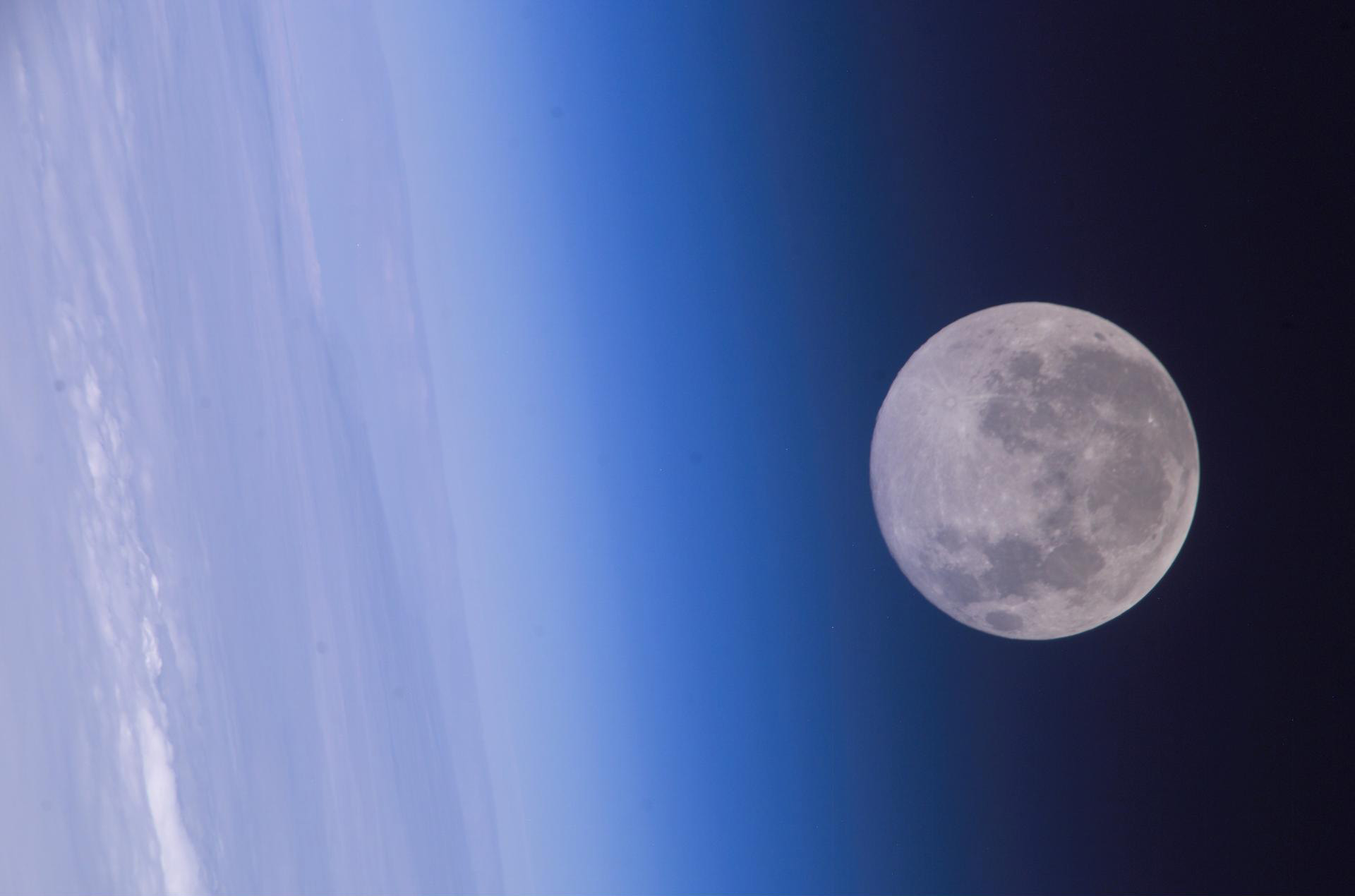November's Full Beaver Moon to Shine Bright Tonight and Saturday
November's full Beaver Moon will shine bright overnight tonight and early Saturday (Nov. 3 and 4), a day before the moon reaches perigee, its closest distance to Earth each month.
While the moon has appeared full to the casual observer since Thursday night (Nov. 2), it will actually reach its fullest in the wee hours of Saturday. [November Full Moon Guide 2017: What to Expect]
In New York City, the full moon occurs Saturday at 1:22 a.m. EDT (0522 GMT). It will rise today at 5:57 p.m. EDT. Moonset will occur Saturday morning at 7:40 a.m. EDT, according to timeanddate.com.
The sun rises at 7:30 a.m. EDT in New York on Saturday. If you live in the city and your horizon is flat — rooftops in Queens or Brooklyn and tall buildings are good vantage points — both the full moon and the sun will share the sky.

November's full moon is an almost-supermoon because when it reaches fullness it will be 226,179 miles (364,004 kilometers) from Earth. When the moon reaches perigee on Sunday (Nov. 5) at 7:11 p.m. (1111 GMT), it will be slightly closer: 224,587 miles (361,438 km) away.
Since it is getting closer to winter, the moon will generally appear higher in the sky than it does in the summer for Northern Hemisphere skywatchers. As midnight approaches, the moon is nearly 60 degrees above the southern horizon, high enough to clear most buildings, even in skyscraper-heavy cities.
The bright moon will be in the constellation Cetus (The Whale), whose stars tend to be faint; even in a dark-sky location the whale would get washed out. The brightest nearby constellation is Taurus (The Bull), and only the very brightest stars (such as Aldebaran) can be easily picked out.
Get the Space.com Newsletter
Breaking space news, the latest updates on rocket launches, skywatching events and more!
The only naked-eye planet that is up in New York with the moon will be Saturn, which stays low and sets at 8:16 p.m. local time. As the moon rises, Saturn will be 19 degrees above the southwestern horizon.
Editor's note: If you snap a great photo of the moon or any other night-sky sight you'd like to share with Space.com and our news partners for a story or image gallery, send images and comments to: spacephotos@space.com.
Follow us @Spacedotcom, Facebook or Google+. Originally published on Space.com.
Join our Space Forums to keep talking space on the latest missions, night sky and more! And if you have a news tip, correction or comment, let us know at: community@space.com.

Jesse Emspak is a freelance journalist who has contributed to several publications, including Space.com, Scientific American, New Scientist, Smithsonian.com and Undark. He focuses on physics and cool technologies but has been known to write about the odder stories of human health and science as it relates to culture. Jesse has a Master of Arts from the University of California, Berkeley School of Journalism, and a Bachelor of Arts from the University of Rochester. Jesse spent years covering finance and cut his teeth at local newspapers, working local politics and police beats. Jesse likes to stay active and holds a fourth degree black belt in Karate, which just means he now knows how much he has to learn and the importance of good teaching.








